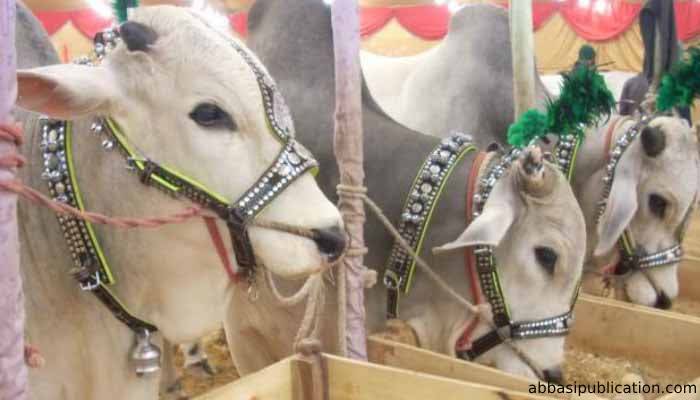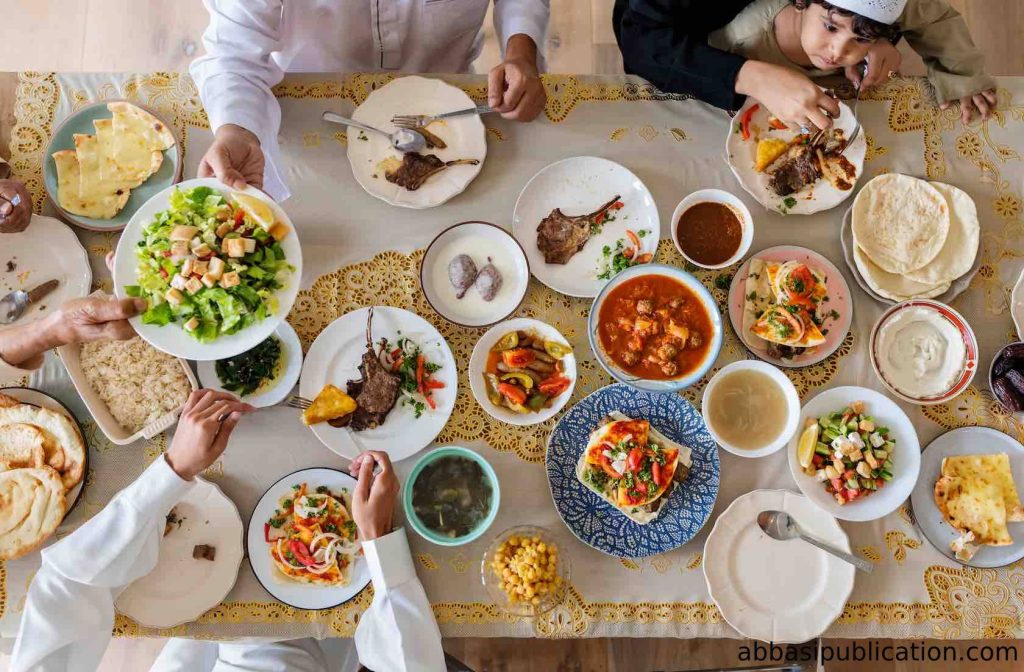
Eid ul-Adha: A Joyous Celebration of Faith and Sacrifice
Eid ul-Adha, also known as the Festival of Sacrifice, is one of the most significant religious observances for Muslims worldwide. This annual Islamic holiday commemorates the willingness of Prophet Ibrahim (Abraham) to sacrifice his son as an act of obedience to God. In this article, we will delve into the rich traditions and customs associated with Eid ul-Adha, exploring its historical and religious significance, as well as the diverse ways in which it is celebrated by Muslims across different cultures.
1. The Significance of Eid ul-Adha
Eid ul-Adha holds deep historical and religious significance within the Islamic faith. According to Islamic tradition, Prophet Ibrahim received a divine command to sacrifice his son, Ismail (Ishmael). Demonstrating his unwavering faith and obedience, Ibrahim prepared to carry out the sacrifice. However, at the last moment, Allah (God) intervened and replaced Ismail with a ram, sparing his life. This act of divine mercy is celebrated during Eid ul-Adha as a testament to Ibrahim’s devotion and God’s benevolence.
2. The Rituals and Preparations

Eid ul-Adha is celebrated on the 10th day of Dhul Hijjah, the final month of the Islamic lunar calendar. The festivities begin with Muslims attending congregational prayers at the mosque or designated prayer grounds. These prayers, known as Salah, are an essential part of the Eid celebrations, bringing the community together in unity and devotion.
Before the prayer, it is customary for Muslims to cleanse themselves through ritual ablution and dress in their finest attire. Wearing new clothes symbolizes renewal and joy. Men often don traditional outfits, such as a thobe or kurta, while women wear colorful and modest garments, such as abayas or salwar kameez.
3. The Act of Sacrifice

Central to the observance of Eid ul-Adha is the act of sacrifice, known as Qurbani or Udhiya. Muslims who can afford it often purchase an animal, typically a goat, sheep, cow, or camel, to sacrifice in commemoration of Prophet Ibrahim’s obedience. The sacrifice must meet specific religious requirements, such as the animal being of a certain age and in good health.
The ritual slaughter is carried out following the proper Islamic procedures, with an emphasis on compassion and minimizing the animal’s suffering. Muslims believe that the act of sacrifice fosters a spirit of selflessness, empathy, and gratitude for the blessings bestowed upon them.
4. Sharing and Charity

Eid ul-Adha is also a time of sharing and caring for others, particularly those less fortunate. Muslims are encouraged to distribute a portion of the sacrificial meat to the needy, ensuring that everyone can partake in the festivities. This act of charity, known as Sadaqah, reflects the importance of compassion, generosity, and community solidarity.
Furthermore, many Muslims contribute to charitable organizations during Eid ul-Adha, donating money, food, or other essentials to support those in need. This practice aligns with the Islamic principle of Zakat, which encourages the distribution of wealth among the less fortunate.
5. Festive Gatherings and Culinary Delights

Eid ul-Adha is a time for families and friends to come together, strengthening the bonds of love and kinship. People often host or attend festive gatherings, where they share delicious meals and exchange gifts. Traditional dishes, such as biryani, kebabs, and sweet delicacies, are prepared to mark the occasion.
Conclusion
Eid ul-Adha is a cherished celebration that encapsulates the spirit of faith, sacrifice, and unity within the Muslim community. Through prayer, acts of charity, and the sharing of meals, Muslims around the world honor the timeless story of Prophet Ibrahim’s devotion and God’s mercy.


Comments (0)